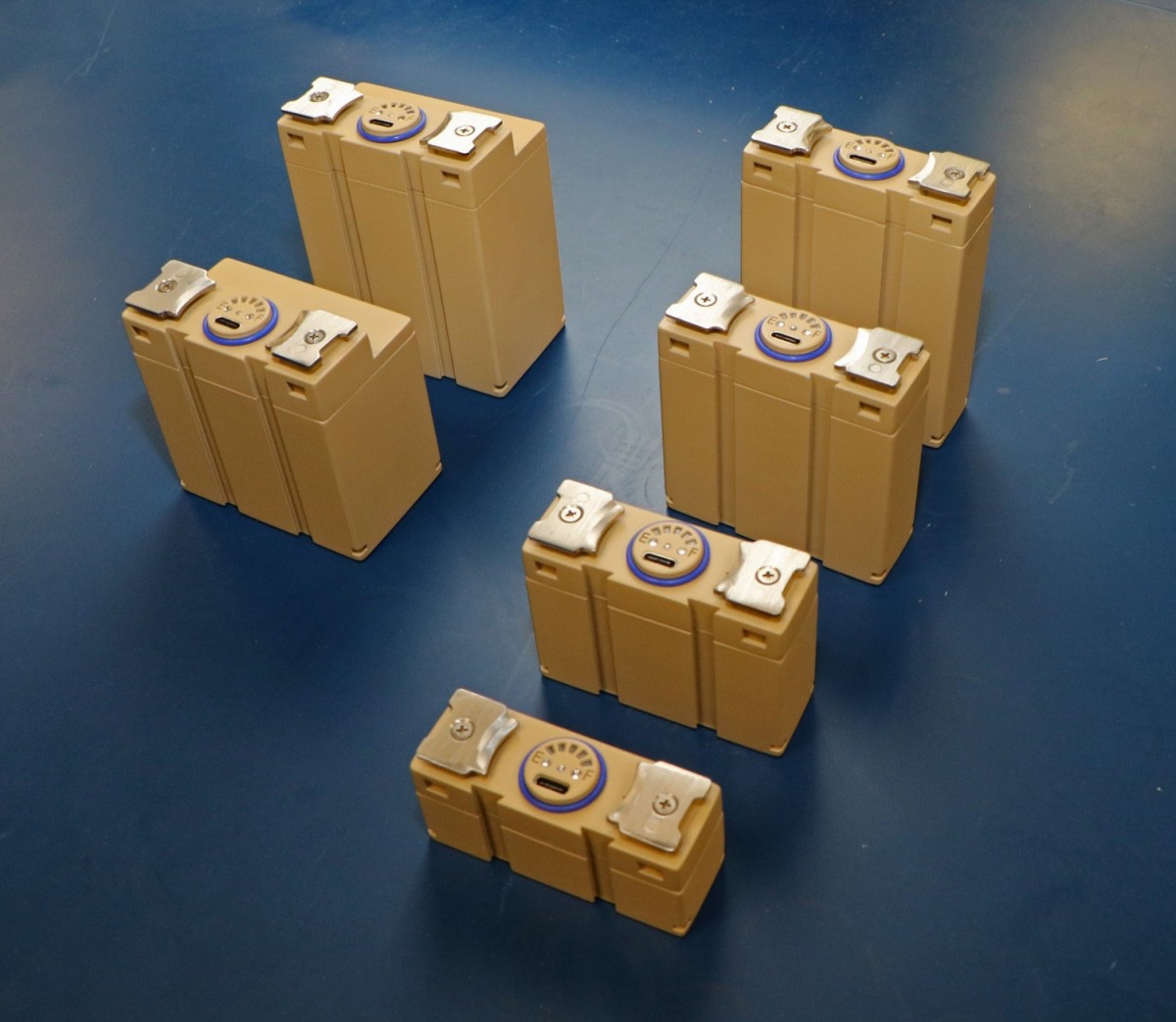
ABERDEEN PROVING GROUND, Md. — The Army is modernizing tactical power and reducing logistics costs by developing standardized batteries for Soldier-worn and handheld equipment such as radios, GPS, night-vision devices and weapons.
Army Futures Command (AFC) engineers are leading the project to deliver eight sizes of batteries that share a common mechanical and electrical interface — the key to unlocking interoperability.
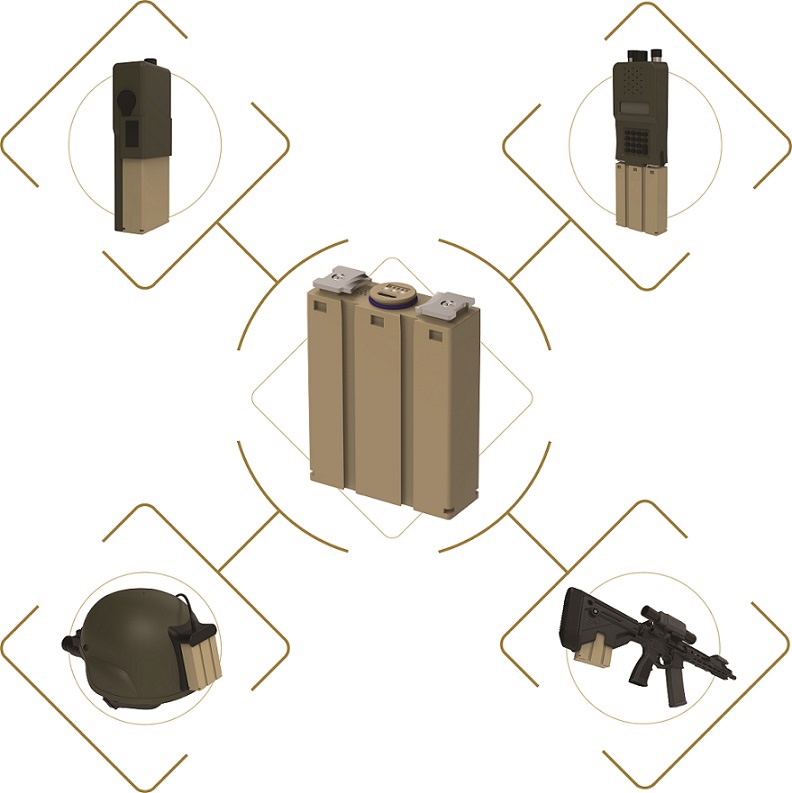
The Small Tactical Universal Battery (STUB) is the Army’s latest approach to develop a standard family of batteries, according to Dr. Nathan Sharpes, a research mechanical engineer with the Command, Control, Communications, Computers, Cyber, Intelligence, Surveillance and Reconnaissance (C5ISR) Center — a component of AFC’s Combat Capabilities Development Command (DEVCOM).
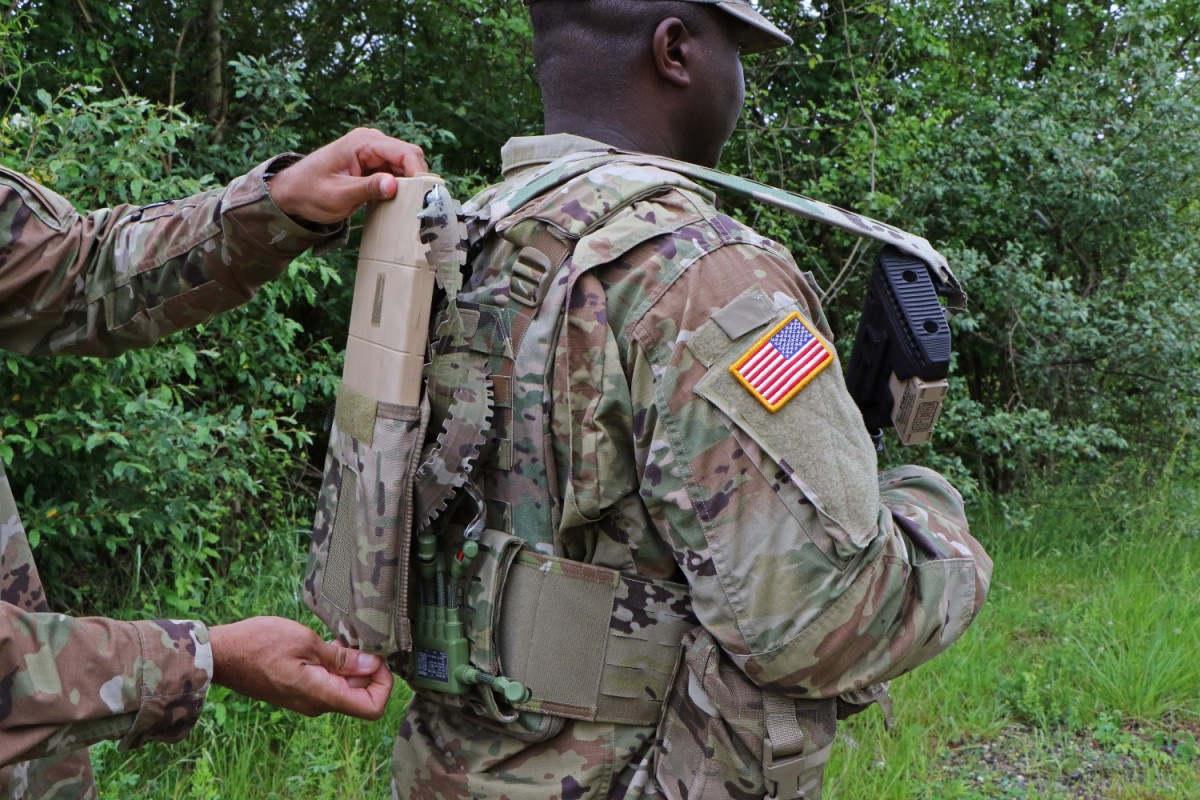
“Now is an opportune time to standardize power sources as the Army is prioritizing modernization and fielding electronics with greater capabilities requiring more energy than current systems,” Sharpes said.
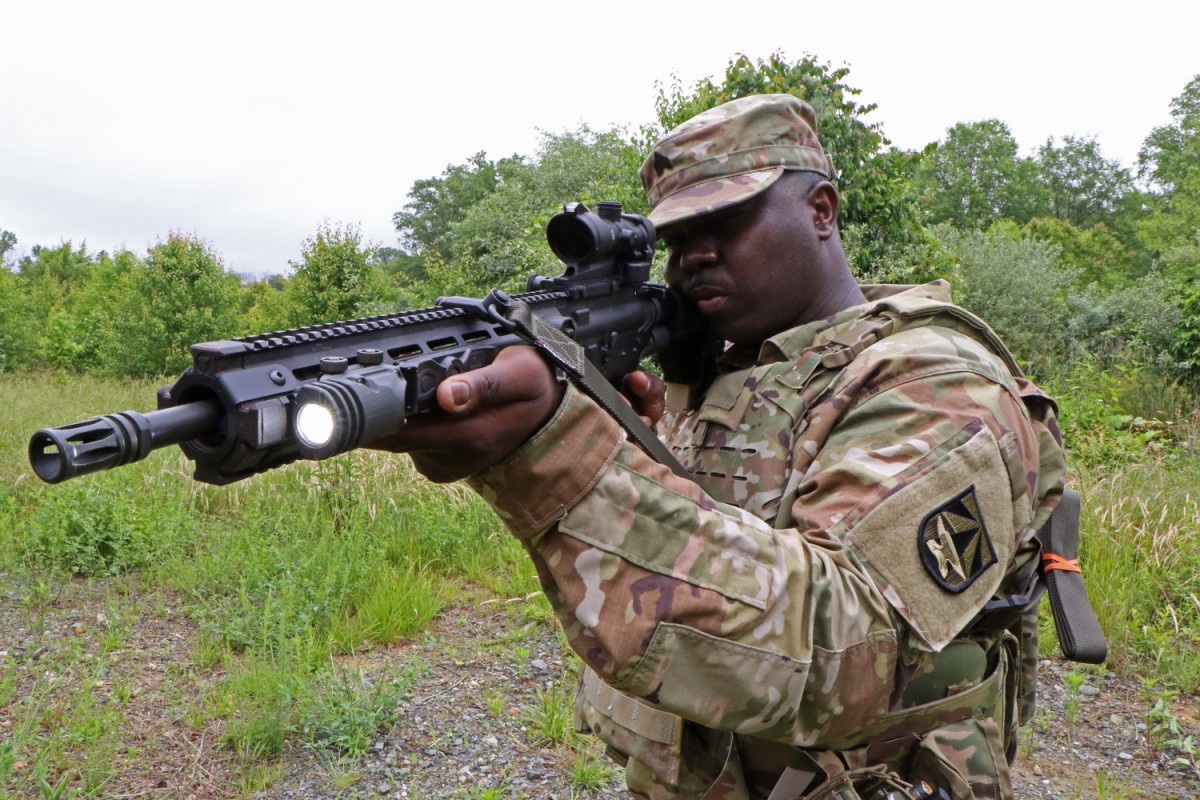
The C5ISR Center is leading the program that will benefit Soldiers, the acquisition community, logistics personnel and industry, Sharpes said. The goal is to avoid the current model of fielding a proprietary battery for each piece of gear as technology developers have historically delivered unique batteries for new capabilities.
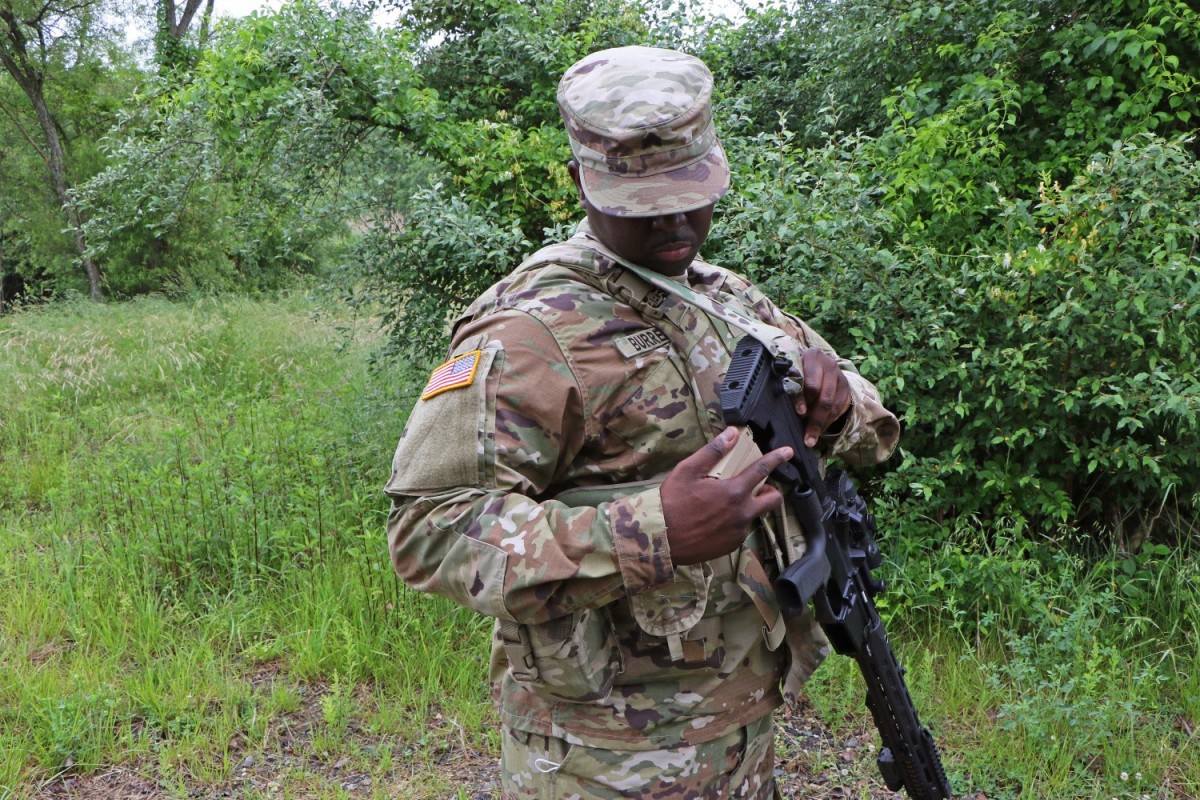
Each battery size provides a different amount of energy, from which Soldiers could choose, depending on their mission needs. This interoperable battery system will seamlessly deliver the correct voltage and power level needs to any device.
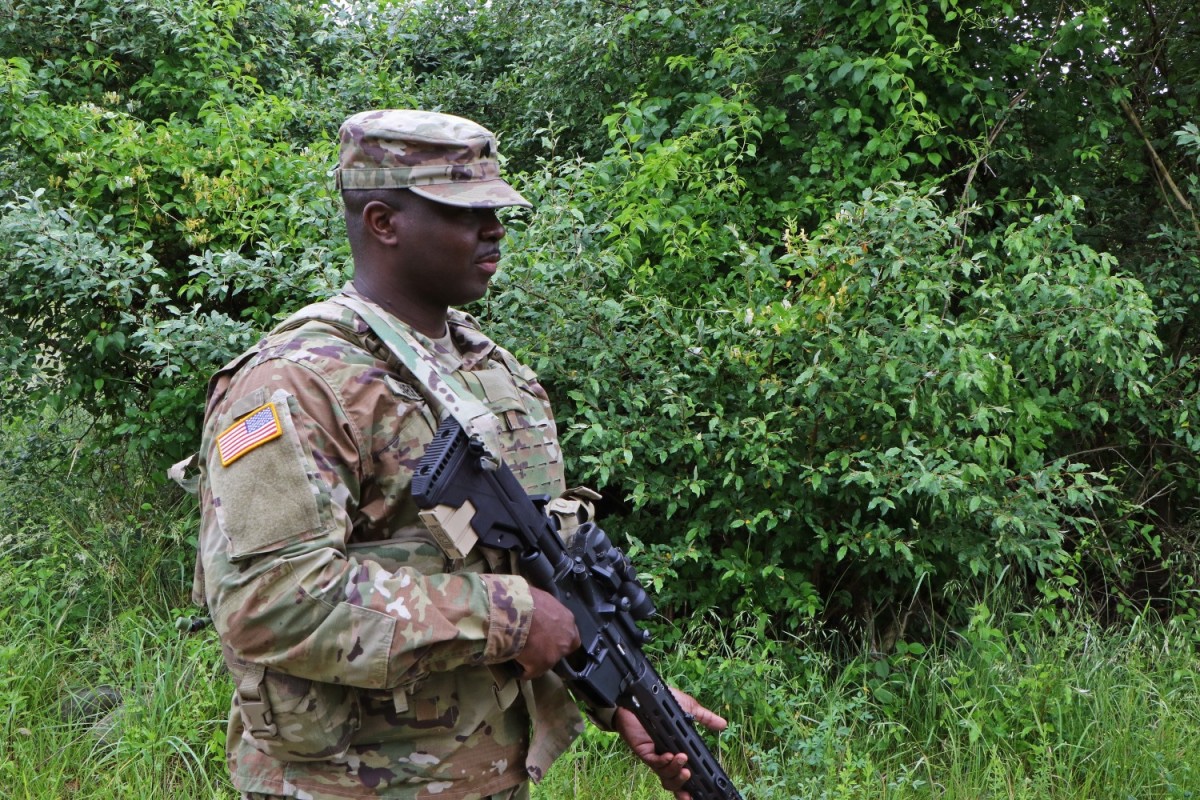
“Currently when a Soldier is on a mission carrying five different pieces of gear that each have a unique battery form factor, along with spares, that’s extra weight and items to keep track of,” Sharpes said. “With this family of interoperable batteries, Soldiers will see benefits cognitively and physically.
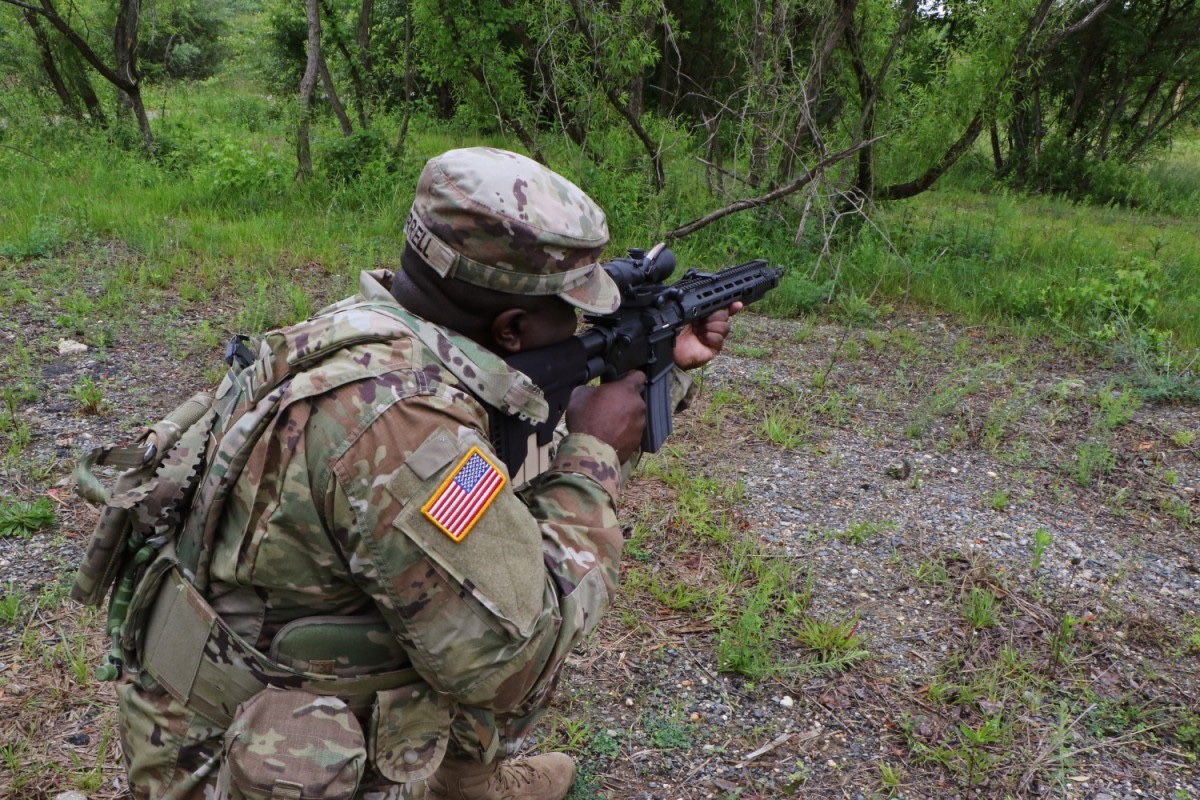
“Any battery in the STUB family will be able to attach to any device designed for it because of the standard interface. We’re also incorporating eight attachment methods — such as slide on, clip in and twist on — so devices can use the universal battery in different ways. Soldiers can focus more on their missions and less on which types of batteries and how many of each to carry.”
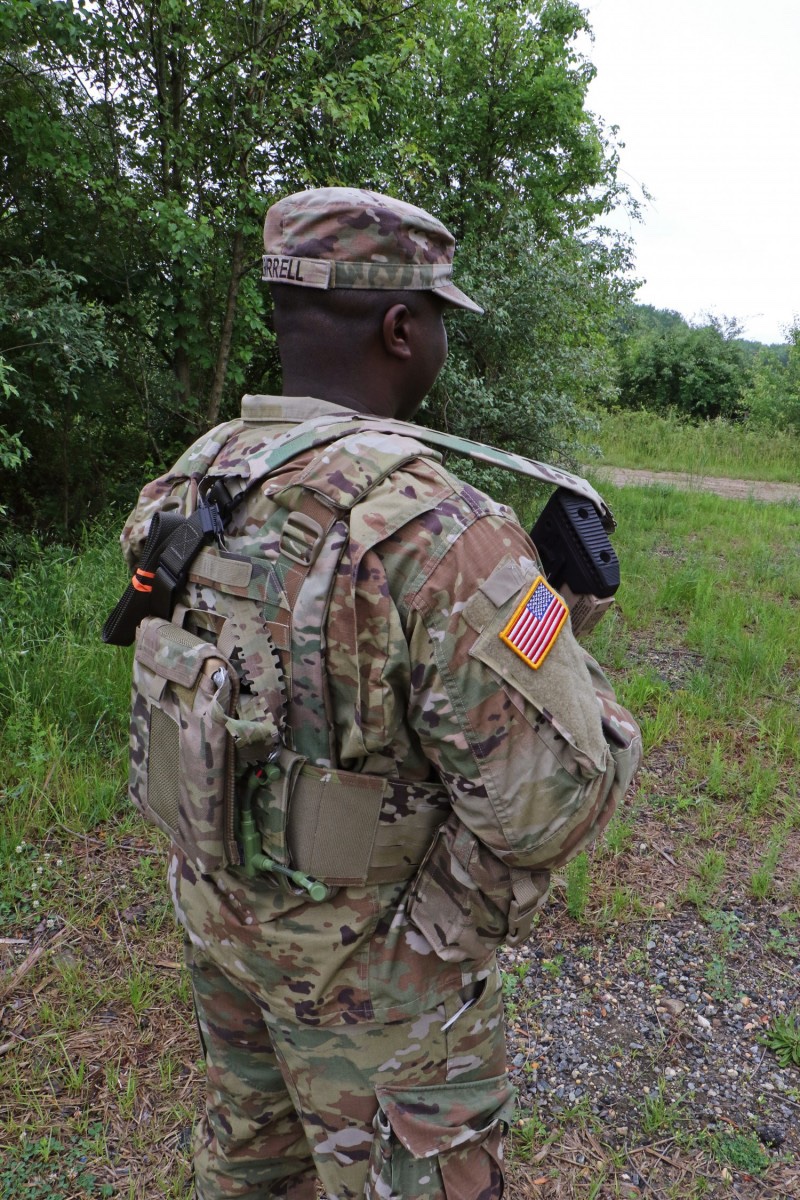
Standardization also alleviates the burden of battery design from manufacturers of handheld electronics. As industry develops new C5ISR technologies, they will be able to concentrate on core competency areas while adhering to the already approved universal-battery specifications. All vendors would follow the same battery guidelines, Sharpes said.
The new standard universal-battery sizes will also simplify logistics and reduce supply chain costs, as the Army will be able to move away from procuring, storing, testing and shipping a wide array of unique batteries required for each piece of Soldier-carried equipment, Sharpes said.
The C5ISR Center’s STUB initiative follows in the footsteps of the Army’s development of the thin, flexible Conformal Wearable Battery (CWB) that Soldiers wear on their vests as a central power source for wearable electronic devices, according to Christopher Hurley, chief of the Center’s Tactical Power Branch.
The CWB development aimed to reduce the number of battery types needed by enabling a single power source to provide extended runtime to select pieces of kit. Current Army research would enable equipment to use smaller STUB batteries when not connected to the CWB.
“The end result is an overall lighter and more energy dense Soldier kit,” Hurley said. “The C5ISR Center is working across Army organizations to create battery standards and specifications. These efforts will meet the demands of the numerous pieces of equipment a Soldier uses and the diverse operating environments in which they conduct missions.”
——————-
The C5ISR Center is the Army’s applied research and advanced technology development center for C5ISR capabilities. As the Army’s primary integrator of C5ISR technologies and systems, the center develops and matures capabilities that support all six Army modernization priorities, enabling information dominance and tactical overmatch for the joint warfighter.
By Dan Lafontaine, DEVCOM C5ISR Center Public Affairs
The C5ISR Center is an element of the U.S. Army Combat Capabilities Development Command (DEVCOM). Through collaboration across the command’s core technical competencies, DEVCOM leads in the discovery, development and delivery of the technology-based capabilities required to make Soldiers more lethal to win our nation’s wars and come home safely. DEVCOM is a major subordinate command of the U.S. Army Futures Command.
——————-
Guest Post sponsored by EXO Charge, and published with permission from the U.S. Army. EXO Charge will be exhibiting the STUB series at the AUSA Annual Exposition on their booth, #860 in Hall ABC. www.exocharge.com


Pardon me Army Futures Command. WTF? Industry has already created several “standardized” batteries. Namely triple A double A etc etc. what you have created is a situation where our soldiers will not be able to scavenge off of the local economy when required and further burdened a logistics system that only works when we dominate airspace and can communicate free of jamming. Good luck with that in a near peer fight.
Military radios don’t operate off of AAAs. Hell, your cell phone doesn’t either.
Lol, clueless dude. Are you even in the military?
What PRC uses AA or AAA or nods, or practically anything for that matter
To be fair, every device you just named (150/117G/152/148) all have the ability to run off of AAs. In fact I’m staring at a 152 AA battery box as I type this. Furthermore AA is precisely what PVS-31s run on. I understand your sentiment however.
Finger off the trigger, Pyle! How embarrassing.
Hmmm. Some enterprising company might make a shell that fits the same envelope, but you can stuff with AA batteries to use the “local economy” supply in a pinch. Make it with a power adapter that you can recharge off of a wall socket, and you’ve got the best of both worlds.
Wait, why not make the originals just like that? Because then they woudln’t be proprietary?
From what I gathered from reading the article, its not about making them proprietary at all – in fact the exact opposite.
Too many devices and platforms today run off of unique, proprietary batteries that won’t work on anything else. So ground-pounders end up having to carry up to 40 pounds of extra spare batteries of different types (depending on their mission set and duration of ops).
This is designed to get around that by providing one series of batteries with different power capacities but a common electronic and physical connection interface – so you can swap one battery between different devices, etc.
I think its a pretty revolutionary thing.
What do you think you’re going to power with that?
If they are going to do all that then why not make a modular battery that you can attach other batteries to for larger power equipment and remove for smaller. I’m no electrical engineer so forgive me if it’s not possible. They are all proprietary because the contract didn’t state a standard battery configuration, which isn’t the company’s fault
If you look closely at the back of the soldier’s plate carrier it seems like he’s also using intelligent textiles molli-flex that you showcased earlier.
Just an observation.
Its actually this: https://soldiersystems.net/2020/05/13/in-modernization-push-army-researches-integrated-power-cables-for-soldiers/